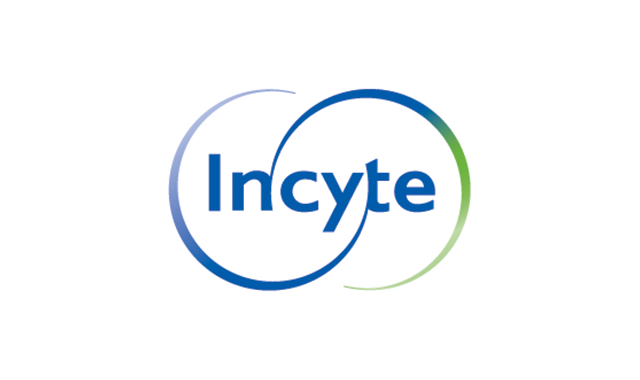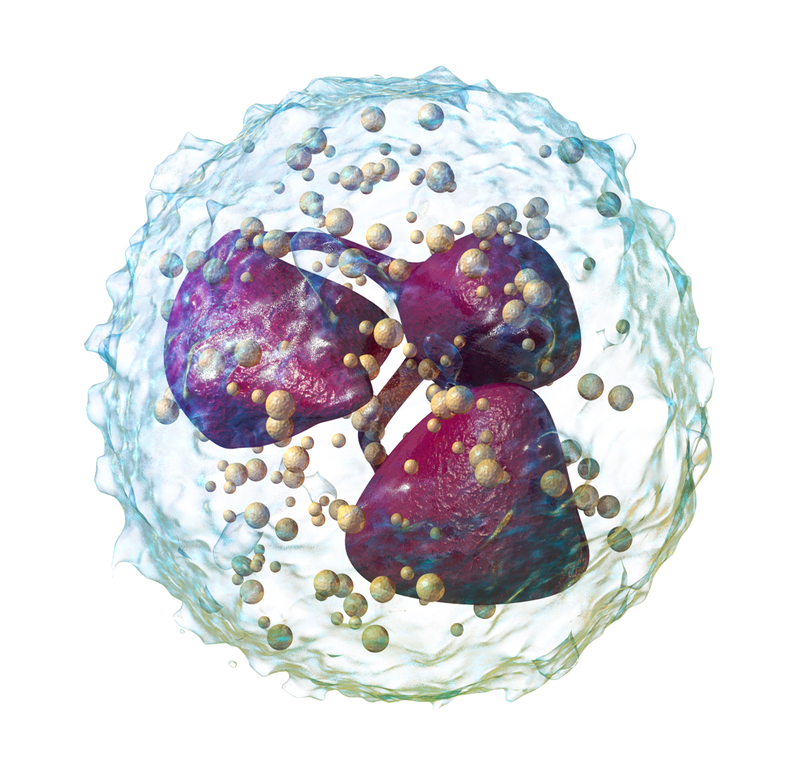November 29, 2024
Author(s): Mary Caffrey
A monoclonal antibody that selectively targets mutations in calreticulin (CALR), the second most common driver of myeloproliferative neoplasms (MPNs), showed promising results in tests with engineered cell lines and in a mouse model, according to findings published yesterday in Blood.1
A decade after the discovery of CALR, the results are the first for a possible therapy for CALR-mutated MPNs to reach the clinic, according to an accompanying commentary,2 which described the discovery of CALR mutations as the activator in most cases of JAK2V617F-negative essential thrombocythemia (ET) and myelofibrosis (MF) cases “as a surprise, because a major role for CALR had not been previously described.”2
Incyte logo | Image: Incyte

The monoclonal antibody, INCA033989, being developed by investigators from Incyte with collaborators from the University of York and hospitals in France, was described by study authors as having “antagonized mutated CALR-driven signaling and proliferation in engineered cell lines and primary CD34+ cells from patients with MPN. ”At the same time, the novel antibody showed no binding activity with other cells.
Finally, in an experiment with mouse model of mutated CALR-driven MPN, treatment with an antibody surrogate designed for the mouse model “effectively prevented the development of thrombocytosis and accumulation of megakaryocytes in the bone marrow.”
The investigational antibody reduced replication of disease-initiating cells in both primary and secondary transplantations, the authors said, “illustrating its disease-modifying potential.”
There are 3 main types of MPN disorders, with most driven by mutations in Janus kinase (JAK2); this mutation accounts for 90% of patients with polycythemia vera (PV), 60% of patients with ET, and 55% of patients with MF. Next, CALR mutations are found in 25% of patients with ET and 35% of patients with MF. Mutations in CALR are not responsible for PV, the authors state.
They note that the mutant CALR protein is oncogenic; patients with ET and MF show clonal proliferation of hematopoietic stem cells. Patients with ET in particular are at risk of thrombosis and hemorrhage while those with MF may develop anemia or leukopenia, splenomegaly, bone marrow fibrosis, or see their disease transform into leukemia. A 2021 study appearing in Blood found that the 10-year mortality risk for patients younger than age 60 was 13% for those with ET, 18% for PV, and 49% for MF, compared with 6% for a control group.3
The investigators note that there has been great progress understanding mutated CALR in the 10 years after its discovery, including how it interacts with the thrombopoietin receptor (TPOR) and the resulting behavior of the mutated CALR protein with TPOR on the cell surface.
“Such findings fueled interest in targeted therapeutics,” they wrote, with both vaccines and antibodies being pursued.1 The cell surface of mutated CALR makes it an obvious target for antibodies, and the authors outlined results from earlier preclinical studies involving the mechanisms that contributed to development of the investigational antibody.




